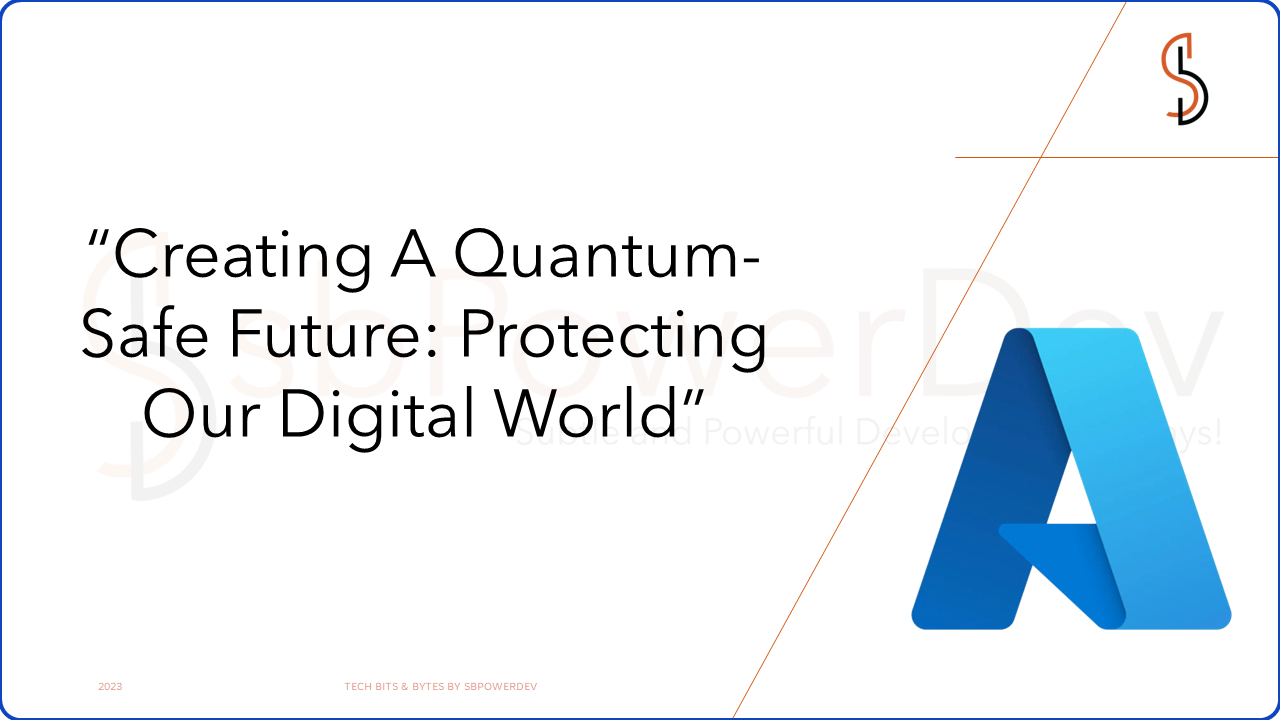Building a quantum-safe future
In today’s digital age, our lives are intertwined with technology. From financial transactions to secure communications, we rely on encryption to keep our data safe from prying eyes. However, a looming threat is on the horizon – quantum computers.

Quantum computers, still in their infancy, have the potential to crack the encryption algorithms that currently safeguard our digital world. Unlike classical computers that use bits, quantum computers use qubits, which can process vast amounts of data simultaneously. This immense computational power could render today’s encryption methods obsolete.
The Need for Quantum-Safe Solutions
To prepare for this quantum threat, we must develop quantum-safe encryption algorithms. These cryptographic methods are designed to withstand attacks from quantum computers. Several promising approaches are being explored:
- Lattice-based cryptography: One of the most studied methods, lattice-based cryptography relies on the difficulty of certain mathematical problems involving lattices. These problems are believed to be challenging even for quantum computers.
- Hash-based cryptography: This method uses hash functions and the properties of these functions to secure communications. Quantum computers would need to break the pre-image resistance of these functions, which is considered a daunting task.

- Code-based cryptography: Utilising error-correcting codes, code-based cryptography poses a formidable challenge to quantum adversaries due to the need to solve complex decoding problems.
- Multivariate polynomial cryptography: This approach leverages algebraic structures to create cryptographic systems that are resilient to quantum attacks.
- Quantum key distribution (QKD): While not encryption per se, QKD offers a way to securely exchange keys using the principles of quantum mechanics. This ensures that even if an adversary has a quantum computer, they cannot intercept the key exchange without detection.
Preparing for the Quantum Era
Transitioning to quantum-safe encryption is a complex and urgent task. It requires cooperation among governments, businesses, and academia. Key steps to building a quantum-safe future include:
- Research and development: Continue investing in quantum-safe encryption research to identify and refine the most robust algorithms.
- Education and awareness: Raise awareness about the quantum threat among decision-makers, businesses, and the general public to foster a sense of urgency.
- Standards and regulations: Establish industry standards and regulations that mandate the use of quantum-safe encryption in critical infrastructure and sensitive applications.
- Migration planning: Develop strategies for transitioning from current encryption methods to quantum-safe alternatives, as this process can be time-consuming and complex.
- Collaboration: Foster collaboration between nations, organisations, and researchers to accelerate progress in quantum-safe cryptography.
- Investment: Allocate resources to develop quantum-resistant hardware and software solutions to protect against quantum attacks.
As quantum computing technology advances, so does the urgency of building a quantum-safe future. By taking proactive steps today, we can safeguard our digital world against the threats of tomorrow and ensure the security and privacy of our online communications and transactions.















